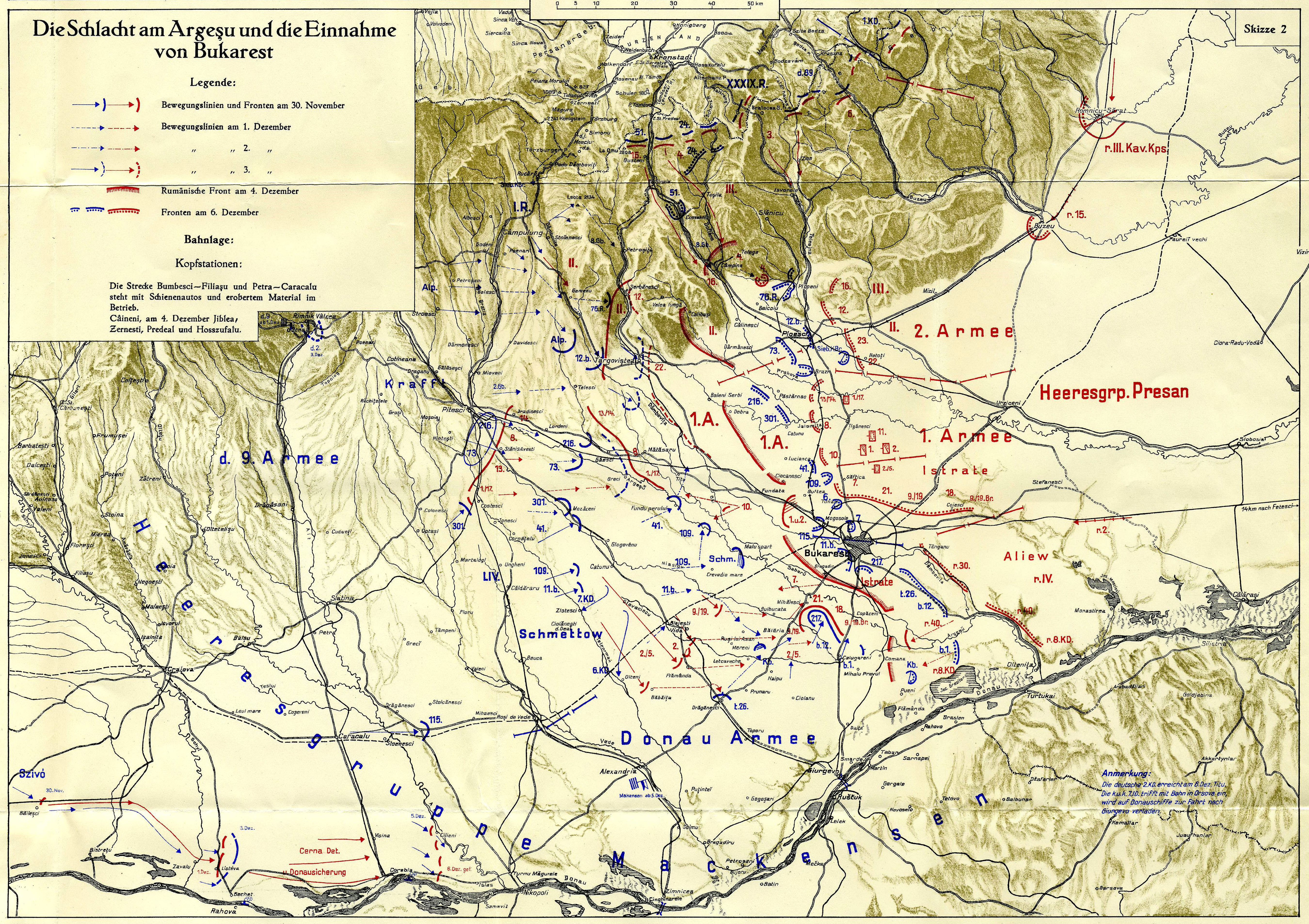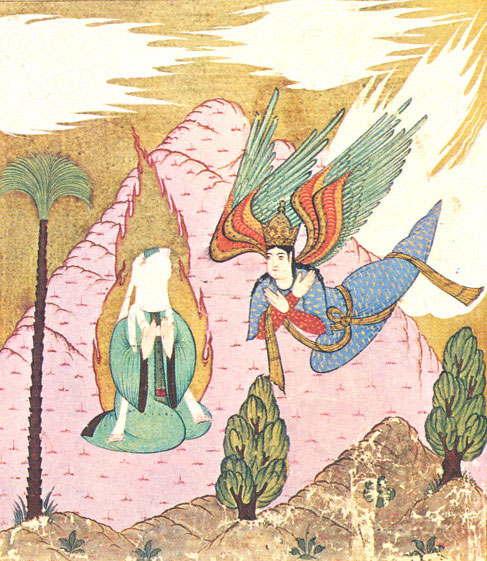|
1916 In Romania
Events from the year 1916 in Romania. Incumbents *King: Ferdinand I of Romania, Ferdinand I *Prime Minister: Ion I. C. Brătianu Events *August 27 – Romania declares war on Austria-Hungary. The Romanian Army begins an offensive in Transylvania. *August 27-November 26 – Battle of Transylvania - Although initially successful, the offensive was brought to a halt after Kingdom of Bulgaria, Bulgaria's attack on Dobruja. Coupled with a successful German and Austro-Hungarian counterattack after September 18, the Romanian Army was eventually forced to retreat back to the Carpathian Mountains, Carpathians by late October. *September 2–6 – Battle of Turtucaia *September 5–7 – Battle of Dobrich *September 17–19 – First Battle of Cobadin *September 29-October 5 – Flămânda Offensive *October 19–25 – Second Battle of Cobadin *November 25 – The entire state apparatus is evacuated from Bucharest to Iași in anticipation of the Battle of Bucharest. *November 25 – D ... [...More Info...] [...Related Items...] OR: [Wikipedia] [Google] [Baidu] |
Battle Of Bucharest
The Battle of Bucharest, also known as the '' Argeş– Neajlov Defensive Operation'' in Romania, was the last battle of the Romanian Campaign of 1916 in World War I, in which the Central Powers' combatants, led by General Erich von Falkenhayn, occupied the Romanian capital and forced the Romanian Government, as well as the remnants of the Romanian Army to retreat to Moldavia and re-establish its capital at Iaşi. The battle was of defensive nature, as the Romanian Army was joined by a part of the Imperial Russian army. The Romanian Army, led by General Constantin Prezan, had previously been unable to stop the German counterattack in Muntenia. The armed forces that made up the German counterattack were mostly German, two armed groups attacking concentrically, one from the direction of Oltenia and the other from the south of the Danube. The sheer number of troops involved, as well as the large area of operations, make it one of the most complex battles fought on Romanian soi ... [...More Info...] [...Related Items...] OR: [Wikipedia] [Google] [Baidu] |
Alexander Ratiu
Father Alexander Ratiu (; 4 May 1916 – 25 July 2002) was a Romanian-American priest of the Romanian Greek-Catholic Church. While serving in his family's country of origin, he became a political prisoner, and later, after his release, an author. Ratiu served as a pastor in both Giurtelecu Șimleului, Romania, and in Plainfield, Illinois, in the United States. Early life Ratiu was born on 4 May 1916, in Scalp Level, Pennsylvania, in the United States, one of the four sons of Elisabeta Chindriș and Grigore Rațiu, immigrants from Romania. His brothers were named Grigore, Ioan and Emilian. In 1921, his family moved back to Romania where he was raised in Moftinu Mic, Sălaj County (now Satu Mare County). In Carei, Ratiu attended "Vasile Lucaciu" State High School. Then he studied philosophy at Oradea, where he was a schoolmate with Coriolan Tămâian, who later became a noted prelate of the diocese. Following his university studies, in preparation for the priesthood, he studied ... [...More Info...] [...Related Items...] OR: [Wikipedia] [Google] [Baidu] |
Magda Isanos
Magda Isanos (17 April 1916 – 17 November 1944) was a Romanian poet. Biography Born in Iași, her parents were Mihail Isanos and his wife Elisabeta (née Bălan), doctors at the Costiugeni psychiatric hospital near Chișinău. Elisabeta was the sister of Elena Alistar. After graduating from the Diocesan High School in Chișinău, Magda entered the law faculty of the University of Iași in 1934. While there, she was affiliated with left-wing student societies. After graduating, Isanos briefly worked as a lawyer in Iași. She was married to the writer . Isanos made her published debut in 1932, in ''Licurici'' magazine. Her work appeared in ''Însemnări ieșene'', ''Iașul'', ''Jurnalul literar'', ''Viața Basarabiei'', ''Pagini basarabene'', ''Vremea'', ''Cuget moldovenesc'', '' Revista Fundațiilor Regale'' and ''Viața Românească''. She died in Bucharest Bucharest ( , ; ) is the capital and largest city of Romania. The metropolis stands on the River Dâmbovița (ri ... [...More Info...] [...Related Items...] OR: [Wikipedia] [Google] [Baidu] |
Adevărul
(; meaning "The Truth", formerly spelled ''Adevĕrul'') is a Romanian daily newspaper, based in Bucharest. Founded in Iași, in 1871, and reestablished in 1888, in Bucharest, it was the main left-wing press venue to be published during the Kingdom of Romania, Romanian Kingdom's existence, adopting an independent pro-Democracy, democratic position, advocating Land reform in Romania, land reform, and demanding universal suffrage. Under its successive editors Alexandru Beldiman and Constantin Mille, it became noted for its virulent criticism of King of Romania, King Carol I of Romania, Carol I. This stance developed into a Republicanism, republican and Socialism, socialist agenda, which made clash with the Kingdom's authorities on several occasions. As innovative publications which set up several local and international records during the early 20th century, and its sister daily ''Dimineața'' competed for the top position with the right-wing ''Universul'' before and throughout the ... [...More Info...] [...Related Items...] OR: [Wikipedia] [Google] [Baidu] |
Romanian Academy
The Romanian Academy ( ) is a cultural forum founded in Bucharest, Romania, in 1866. It covers the scientific, artistic and literary domains. The academy has 181 active members who are elected for life. According to its bylaws, the academy's main goals are the cultivation of Romanian language and Romanian literature, the study of the national history of Romania and research into major scientific domains. Some of the academy's fundamental projects are the Romanian language dictionary ('' Dicționarul explicativ al limbii române''), the dictionary of Romanian literature, and the treatise on the history of the Romanian people. History On the initiative of C. A. Rosetti, the Academy was founded on April 1, 1866, as ''Societatea Literară Română''. The founding members were illustrious members of the Romanian society of the age. The name changed to ''Societatea Academică Romînă'' in 1867, and finally to ''Academia Română'' in 1879, during the reign of Carol I. The foun ... [...More Info...] [...Related Items...] OR: [Wikipedia] [Google] [Baidu] |
Gabriel Țepelea
In the Abrahamic religions (Judaism, Christianity, Islam), Gabriel ( ) is an archangel with the power to announce God's will to mankind, as the messenger of God. He is mentioned in the Hebrew Bible, the New Testament and the Quran. Many Christian traditions – including Eastern Orthodoxy, Catholicism, Lutheranism, and Anglicanism – revere Gabriel as a saint. In the Hebrew Bible, Gabriel appears to the prophet Daniel to explain his visions ( Daniel 8:15–26, 9:21–27). The archangel also appears in the Book of Enoch and other ancient Jewish writings not preserved in Hebrew. Alongside the archangel Michael, Gabriel is described as the guardian angel of the people of Israel, defending it against the angels of the other peoples. In the New Testament, the Gospel of Luke relates the Annunciation, in which the angel Gabriel appears to Zechariah foretelling the birth of John the Baptist with the angel Gabriel foretelling the Virgin Mary the birth of Jesus Christ, res ... [...More Info...] [...Related Items...] OR: [Wikipedia] [Google] [Baidu] |
National Archives Of Romania
The National Archives of Romania (), until 1996 the State Archives (''Arhivele Statului''), are the national archives of Romania, headquartered in Bucharest. It is subordinate to the Ministry of Internal Affairs (Romania), Ministry of Internal Affairs. There are 42 regional branches, one in each Counties of Romania, county of Romania and one in Bucharest (holding documents pertaining specifically to the city). Attributes By law nr. 16/1996 (modified by law nr.138/2013, in order to update the existing law and comply with European Union, EU requirements), the Archives establishes norms for archival activity; implements measures from the law on archives; receives documents for the National Archival Deposit of Romania; inventories, selects and preserves the documents it holds; preserves documents on microfilm and other formats; maintains an archival database; edits the quarterly ''Revista Arhivelor'' and other specialty publications; ensures the training of qualified archivists thr ... [...More Info...] [...Related Items...] OR: [Wikipedia] [Google] [Baidu] |
Nicolae Ceaușescu
Nicolae Ceaușescu ( ; ; – 25 December 1989) was a Romanian politician who was the second and last Communism, communist leader of Socialist Romania, Romania, serving as the general secretary of the Romanian Communist Party from 1965 until Trial and execution of Nicolae and Elena Ceaușescu, his execution in 1989. Widely regarded as a dictator, he was the country's head of state from 1967 to 1989, serving as President of the State Council of Romania, State Council from 1967 and as the first President of Romania, president from 1974. He was overthrown and executed in the Romanian Revolution on 25 December 1989 along with his wife Elena Ceaușescu, as part of a series of Anti-communism, anti-communist uprisings in Eastern Europe that year. Born in 1918 in Scornicești, Ceaușescu was a member of the Romanian Communist youth movement. He was arrested in 1939 and sentenced for "conspiracy against social order", spending the time during World War II in prisons and internment ... [...More Info...] [...Related Items...] OR: [Wikipedia] [Google] [Baidu] |
Elena Ceaușescu
Elena Ceaușescu (; born Lenuța Petrescu; 7 January 1916 – 25 December 1989) was a Romanian communist politician who was the wife of Nicolae Ceaușescu, General Secretary of the Romanian Communist Party and leader of the Socialist Republic of Romania. She was also the Deputy Prime Minister of Romania. Following the Romanian Revolution in 1989, she was executed alongside her husband on 25 December. Background She was born Lenuța Petrescu into a peasant family in Petrești commune, Dâmbovița County, in the historical region of Wallachia. Her father worked as a ploughman. She was able to acquire only an elementary school level education. After elementary school, she moved along with her brother to Bucharest, where she worked as a laboratory assistant before finding employment in a textile factory. She joined the Bucharest branch of the Romanian Communist Party in 1939 and met 21-year-old Nicolae Ceaușescu. Ceaușescu was instantly attracted to her which, reportedly, made ... [...More Info...] [...Related Items...] OR: [Wikipedia] [Google] [Baidu] |
Romanian Treasure
The Romanian Treasure () is a collection of valuable objects and the gold reserves (~120 tonnes) that the Romanian government sent to Tsarist Russia for safekeeping during World War I, with the aim of being sheltered from the armies of the Central Powers, which had occupied a significant part of Romania and threatened to occupy the entire national territory. After the Romanian Army entered Bessarabia, at the time part of the Russian Empire, in early 1918, the new Soviet government that managed to rule Russia severed all diplomatic relations and confiscated the Romanian Treasure. As of today, only part of the objects and none of the gold reserves have been returned. After the October Revolution and the seizure of power by the Communists under Lenin's leadership, the newly installed Soviet power sequestered the treasure and refused its restitution. It was partially returned, in three separate tranches, in 1935, 1956, and 2008, as a gesture of goodwill from the Soviets and later fr ... [...More Info...] [...Related Items...] OR: [Wikipedia] [Google] [Baidu] |





